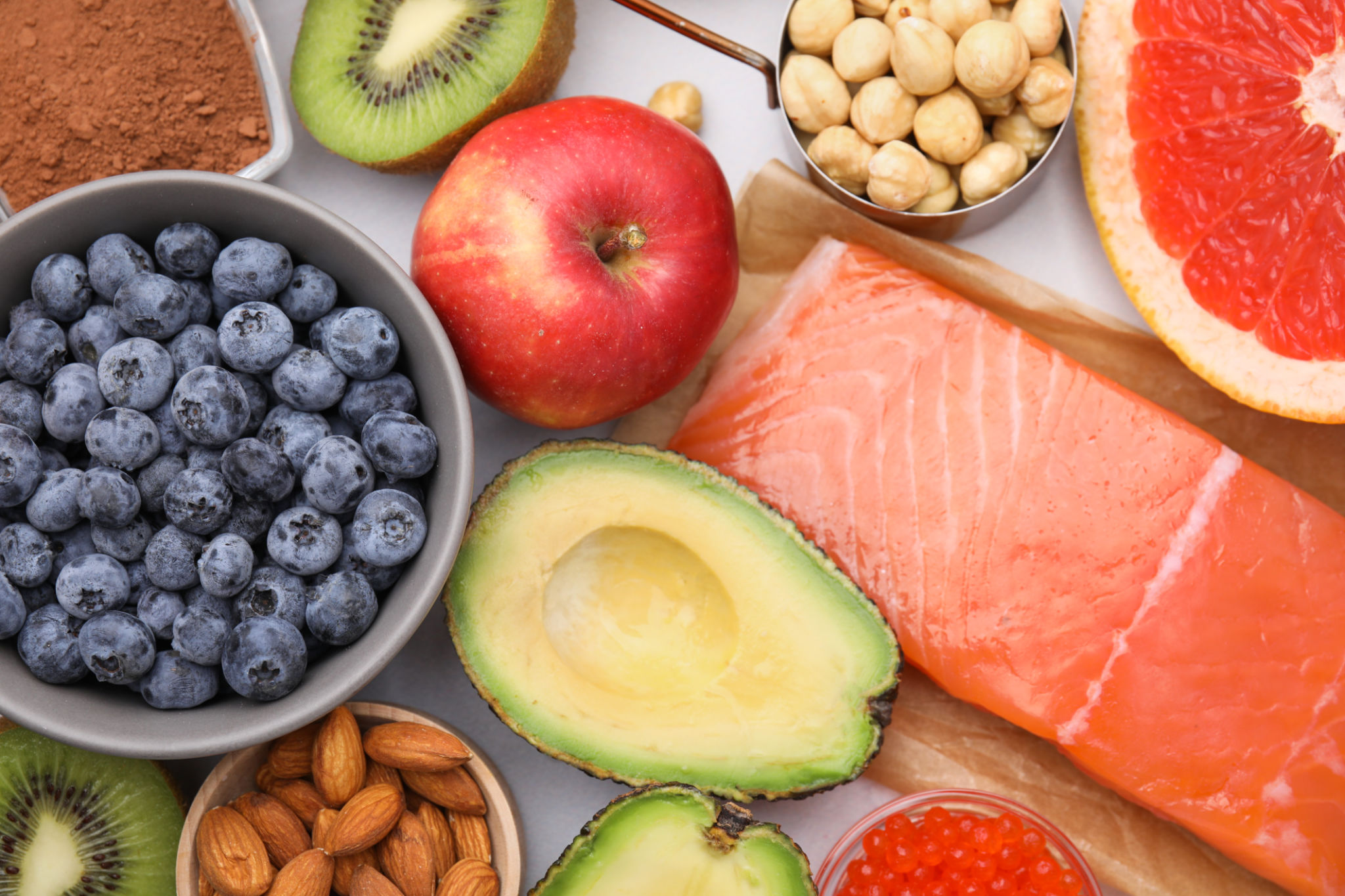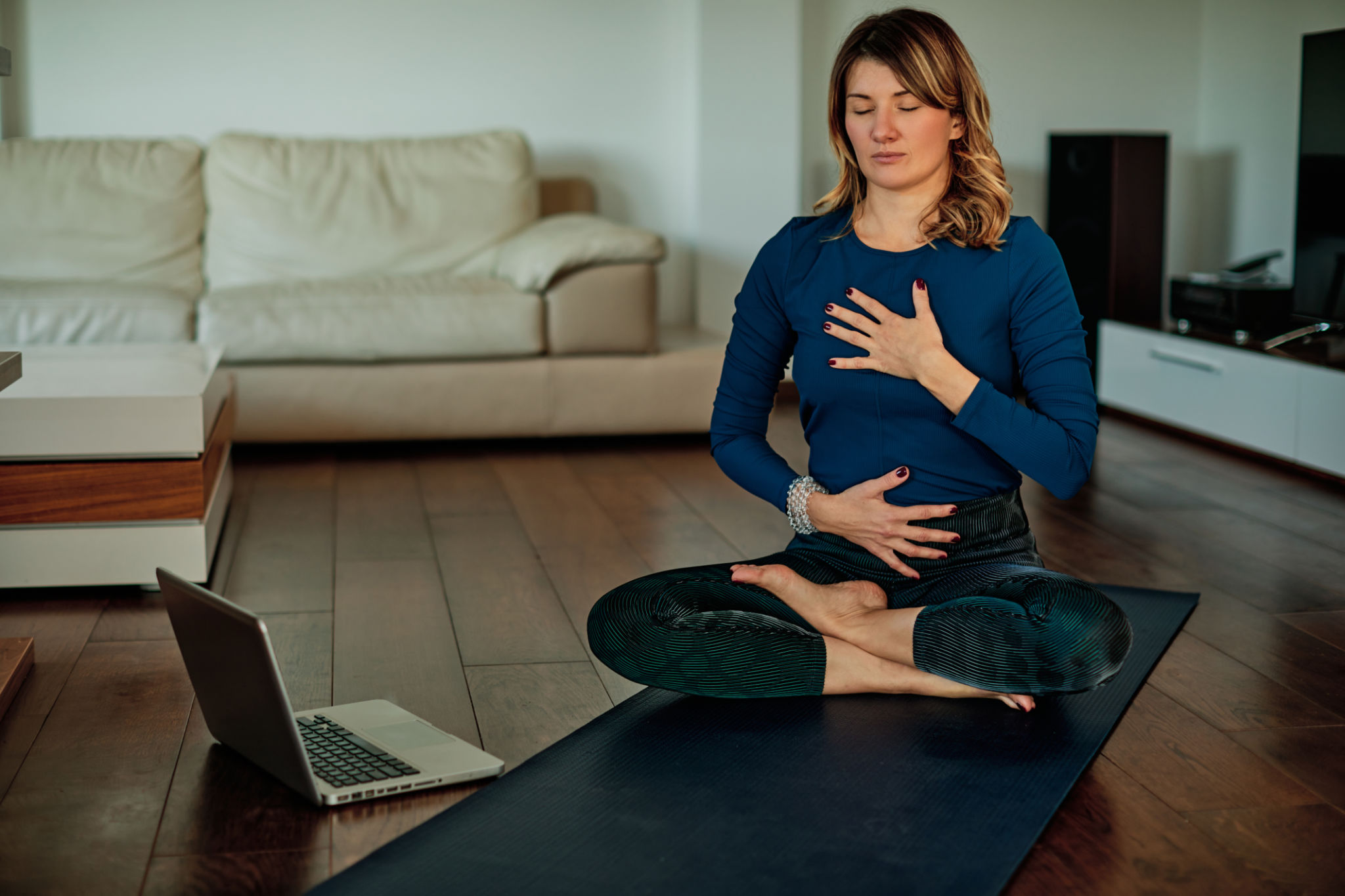The Ultimate Guide to Pain Relief Through Holistic Fitness
Understanding Holistic Fitness
Holistic fitness is a comprehensive approach to health and wellness that emphasizes the connection between the mind, body, and spirit. Unlike traditional exercise routines that focus primarily on physical strength or endurance, holistic fitness incorporates a variety of practices aimed at promoting overall well-being. This approach can be especially beneficial for those seeking pain relief, as it addresses the root causes of discomfort rather than just the symptoms.
Incorporating holistic fitness into your routine can lead to improved physical health, mental clarity, and emotional balance. By adopting this methodology, you can experience a more integrated sense of wellness and potentially alleviate chronic pain conditions.

The Role of Mind-Body Practices
One of the key components of holistic fitness is the integration of mind-body practices such as yoga, tai chi, and pilates. These activities not only enhance flexibility and strength but also promote relaxation and stress reduction. Stress is a significant contributor to many pain conditions, and by effectively managing it, you can reduce your overall pain levels.
Mind-body practices encourage mindfulness and awareness of how your body feels, enabling you to identify tension and discomfort early on. This awareness allows you to address issues before they escalate into more serious problems.

The Power of Nutrition
Nutrition plays a critical role in holistic fitness and pain relief. A balanced diet rich in anti-inflammatory foods can help manage pain levels and support overall health. Foods such as leafy greens, nuts, fatty fish, and berries are known for their anti-inflammatory properties.
By focusing on a diet that reduces inflammation, you can help manage chronic pain conditions. Additionally, staying hydrated and avoiding processed foods can further support your body's natural healing processes.

Incorporating Regular Physical Activity
Regular physical activity is essential in a holistic fitness regimen. It promotes circulation, enhances muscle tone, and boosts endorphin levels, which are natural pain relievers. Exercise doesn't have to be intense; even moderate activities like walking or swimming can have significant benefits.
It's crucial to find activities that you enjoy and that fit your lifestyle. Consistency is key, so aim to incorporate movement into your daily routine in a way that feels sustainable and enjoyable.
The Importance of Rest and Recovery
Rest and recovery are often overlooked components of a holistic fitness plan. Adequate sleep and rest allow your body to repair and rejuvenate, which is crucial for managing pain. Furthermore, incorporating relaxation techniques like meditation or deep breathing exercises can enhance recovery.
Creating a balanced routine that includes both activity and rest will help ensure that your body has the necessary time to heal and recover from any physical strain.

Exploring Alternative Therapies
Alternative therapies such as acupuncture, massage, and chiropractic care can complement your holistic fitness journey. These therapies often address specific areas of pain and discomfort, providing relief alongside your regular fitness routine.
Consulting with professionals who specialize in these therapies can offer additional insights and strategies for managing pain holistically.
Creating Your Holistic Fitness Routine
To build a successful holistic fitness routine, consider incorporating elements from each of the areas discussed: mind-body practices, nutrition, physical activity, rest, and alternative therapies. Tailor your routine to fit your personal needs and preferences.
Start with small changes, gradually integrating new practices into your lifestyle. Consistency and patience are essential as you work towards achieving a harmonious balance between mind, body, and spirit.
